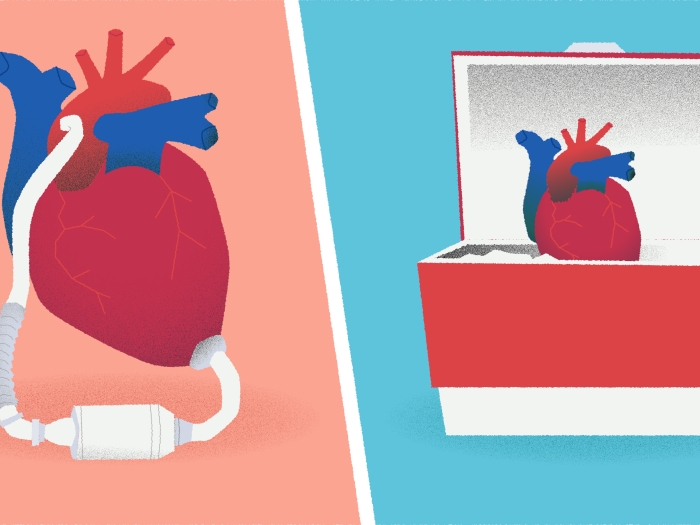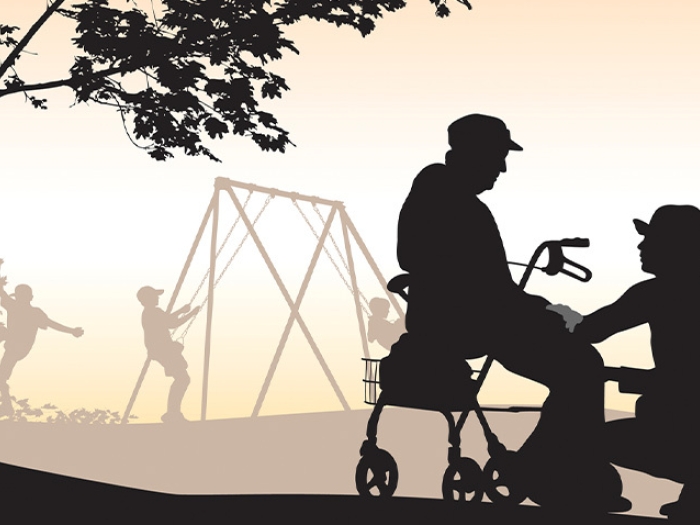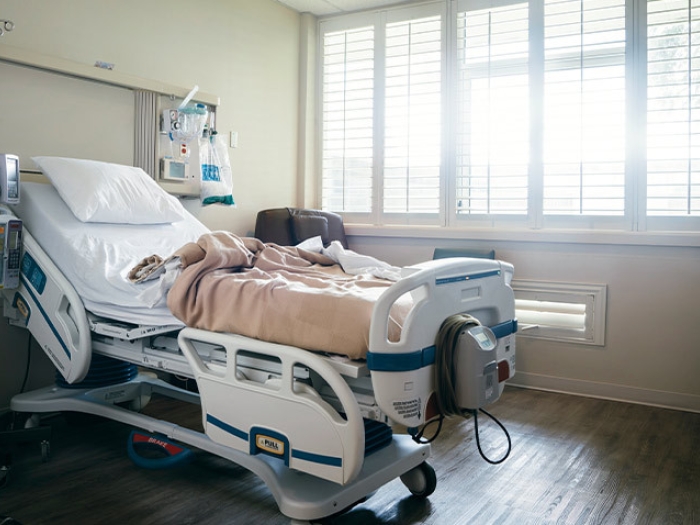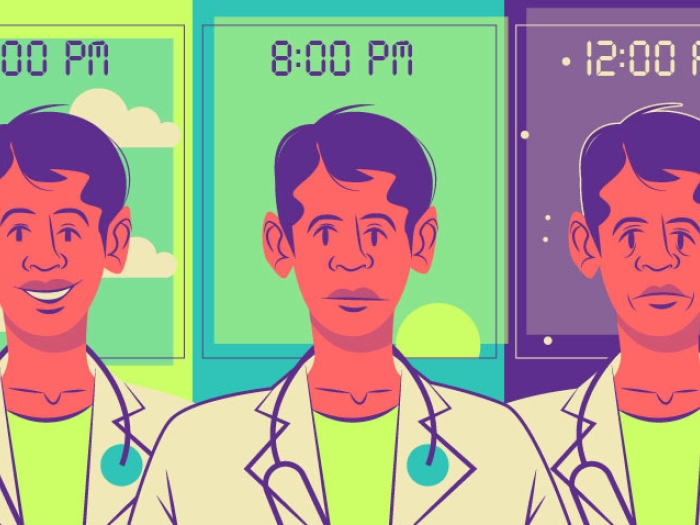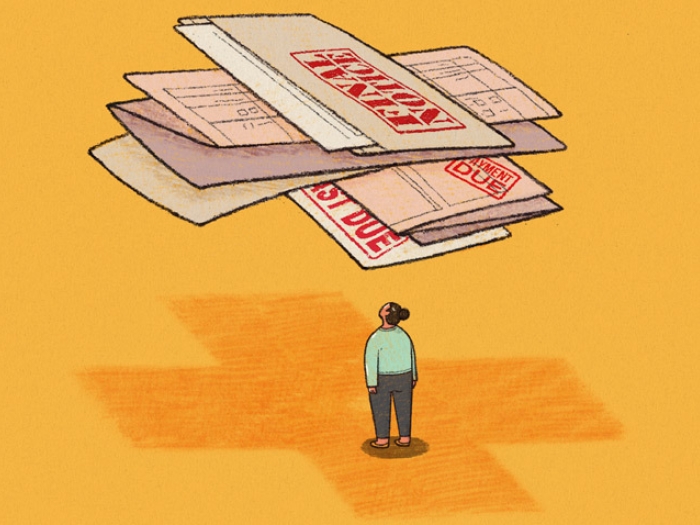The federal Agency for Healthcare Research and Quality introduced tools to help hospitals change their approach to handling patient harm, malpractice suits and more.
11:00 AM
Author |

Inside the walls of America's hospitals, countless feats of healing and caring happen every day. But when something unexpected or harmful happens to a patient, a different kind of wall can sprout up almost instantly.
This invisible wall of silence — built out of legal worries — keeps patients and families from getting information about what happened, compensation for their suffering or even a simple apology.
It also keeps doctors, nurses and others from being able to learn from mistakes and near-misses — and causes them emotional trauma. This wall can also send too many people into lengthy, costly and draining court proceedings.
A new national toolkit for hospitals that the federal government introduced today aims to break down that wall, or keep it from ever rising.
Based in part on the Michigan Model, an approach taken by the University of Michigan Health System since the early 2000s, it's called the CANDOR toolkit, for Communication and Optimal Resolution. It's been tested at 14 other hospitals across three health systems in recent years.
During the toolkit announcement, the federal Agency for Healthcare Research and Quality noted that CANDOR can help hospitals handle any situation where a patient gets harmed during care — regardless if a true error occurred.
CANDOR is based on the concepts of removing barriers to reporting harms, errors and near misses, analyzing what allowed them to happen, communicating proactively and transparently with patients who are harmed and improving timeliness of response.
The goal: to improve safety, serve patients better, reduce the emotional toll on clinicians and resolve situations fairly — with litigation as a last resort.
An adaptable framework
"To see AHRQ take this effort to a national level, so that hospitals can make true cultural change for the sake of both patients and staff, is truly gratifying," says Richard Boothman, J.D., who has led the UMHS effort in his role as chief risk officer and executive director of clinical safety. "There's real momentum behind this idea of transparency and learning, with the patient at the center, and we're glad to have played a role in showing it's possible."
Boothman, who defended UMHS in malpractice suits for more than a decade before working with leaders to develop a better way, helped AHRQ develop some of the toolkit's materials.
"The ultimate goal is to be honest about unexpected clinical outcomes," he says. "The patients impacted deserve it, our staff deserves it, and, most importantly, we will only improve by being honest and accountable."
After more than 15 years of using the approach that forms the basis of CANDOR, UMHS has seen dramatic drops in the number of new lawsuits, the number of malpractice cases that make it to court and the amount paid to compensate patients.
At the same time, clinicians across U-M's hospitals and clinics have felt more free to report situations that caused harm, near-misses or that could pose a hazard.
This has allowed faster response to investigate each situation and reduced the chance of harm in the future by changing procedures, equipment and clinical practice. It's also made it possible to offer immediate apologies and compensation to patients when needed.
Not every case is clear-cut. In these situations, a panel of experts reviews the facts uncovered by the investigation, to determine if care was in line with standards and known risks. If they find it wasn't, this helps shape the potential compensation offered to the patient. And if it was, this provides the basis for discussions with the patient's attorney, or a defense in court.
"We've built a culture of admitting when we're wrong, learning from our mistakes and apologizing — but also of defending appropriate care to the fullest," says Boothman. "We hope that others can adapt this approach to their own clinical environment, using the toolkit to help them."

Explore a variety of healthcare news & stories by visiting the Health Lab home page for more articles.

Department of Communication at Michigan Medicine
Want top health & research news weekly? Sign up for Health Lab’s newsletters today!
